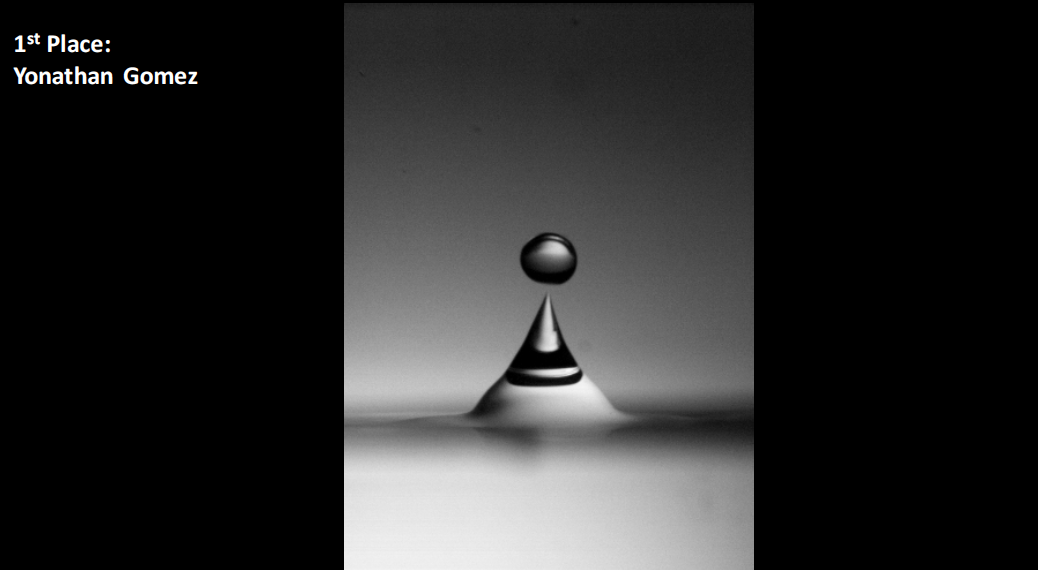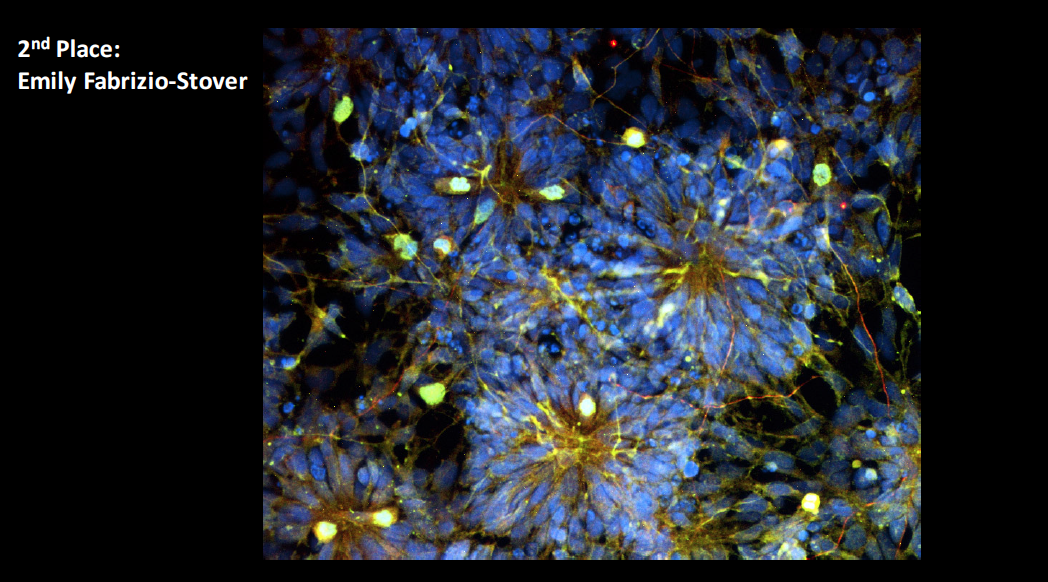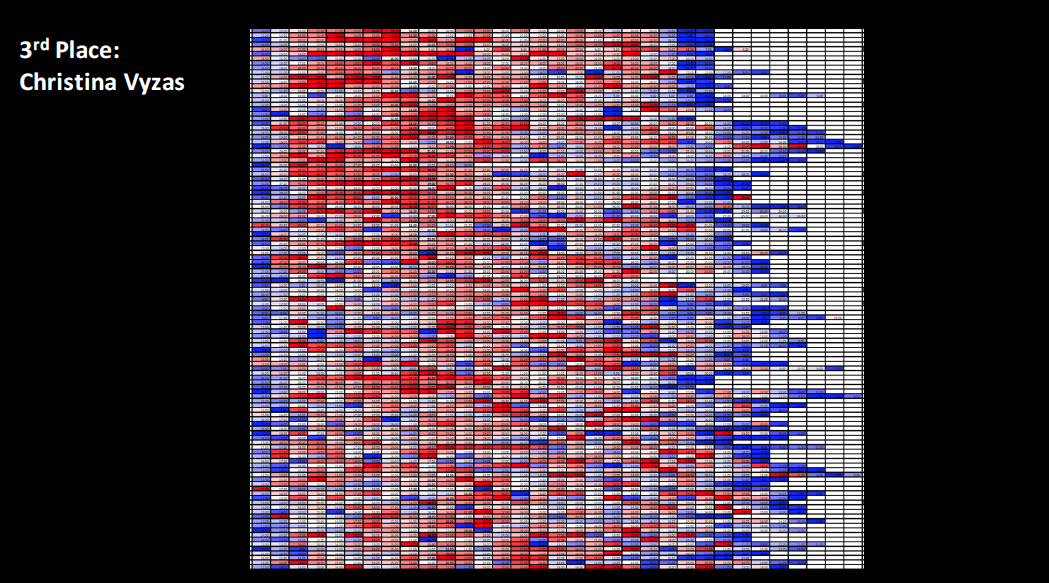Plasma Bubble, Stem Cell Images Win Scientific Imaging Contest

This summer, Wesleyan hosted the second annual Wesleyan Scientific Imaging Contest, which recognizes student-submitted images from experiments or simulations done with a Wesleyan faculty member that are scientifically intriguing as well as aesthetically pleasing. This year, 33 images were submitted from six departments.
The entries were judged based on the quality of the image and the explanation of the underlying science. The images were judged by a panel of four faculty members: Steven Devoto, professor of biology, professor of neuroscience and behavior; Ruth Johnson, assistant professor of biology, assistant professor of integrative sciences; Brian Northrop, assistant professor of chemistry, assistant professor of integrative sciences; and Candice Etson, assistant professor of physics.
The first-place winner received a $200 prize; the second-place winner received $100; and the third-place winner received $50. Prizes were funded by the Office of Academic Affairs.
The three winning images are shown below, along with scientific descriptions, written by the students.




